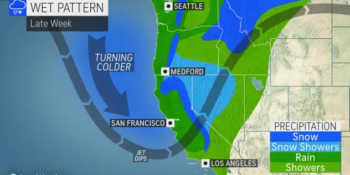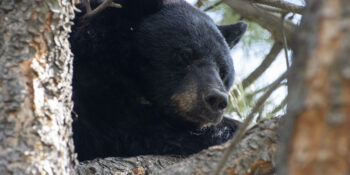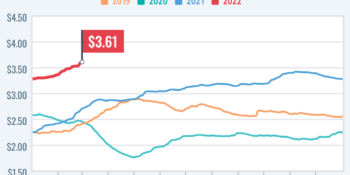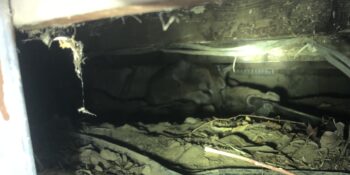DENVER – At a hybrid in-person/virtual meeting in Denver, the Colorado Parks and Wildlife Commission will discuss for final consideration allowing the release of privately-owned game birds during an established season for falconry training under specific conditions, big game regulations review, annual furbearers and small game regulations review, annual waterfowl and migratory bird hunting regulations review, adding a means by which leftover peregrine falcon capture permits could be purchased on a first-come, first-served basis, and an annual review of regulations related to wildlife properties, including:
- Updating regulations for Creede State Wildlife Area (SWA)
- Creating a seasonal closure on Fish Creek SWA from December 1 – June 30 annually
- Clarifying how to obtain an access permit for Higel SWA
- Clarifying regulations on John Martin Reservoir SWA and Queens SWA
- Updating regulations for San Luis Lakes SWA
- Changing regulations for the Big Springs, Brett Gray Ranch, Karval, and Punkin Center State Trust Lands (STLs) to prevent overcrowding and provide consistency with other STLs
- Changing the opening dates of recently enrolled STL properties in Moffat County to August 15
The CPW Commission will also discuss for final consideration regulations related to setting the price of the Keep Colorado Wild annual pass, updating the reference to the U.S. Federal Poverty Guidelines applicable to the Centennial Pass, and Aquatic Nuisance Species (ANS) regulations related to exempting vessels or other floating devices that are “hand-launched and human-powered” from mandatory ANS inspections. The CPW Commission will also discuss regulations related to updating the disease testing requirements for cervids in commercial parks to maintain consistency with the revised requirements of the Colorado Department of Agriculture, piloting a timed entry reservation system at Eldorado Canyon State Park, 2022 Non-Motorized Trail and Land and Water Conservation Fund Grant Funding Recommendations, federal relisting of gray wolves, recommended proposals for the Colorado Wildlife Habitat Program, a Hatchery Modernization Assessment from HDR Engineering and herd management plans for units D-11, E-10, and D-42 at its meeting on Wed., March 9 and Thu., March 10. The meeting will be streamed live on CPW’s YouTube page.
The meeting is scheduled to begin at 8:15 a.m. on Wed., March 9 and adjourn at 5:30 p.m. The commission will reconvene at 8 a.m. on Thu., March 10 and adjourn at 1 p.m.
Additional agenda items include:
- Department of Agriculture update
- Department of Natural Resources update
- Financial update
- Great Outdoors Colorado (GOCO) update
- Wolf Planning update
- CPW 125th anniversary overview
- Fishers Peak State Park Master Plan update
- Backcountry Search and Rescue update
A complete agenda along with all materials for public review for this meeting can be found on the CPW website. The public is encouraged to email written comments to the commission at . Details on providing public comments for virtual meetings are available on the CPW website.
The commission meets regularly and travels to communities around the state to facilitate public participation. Anyone can listen to commission meetingsthrough the CPW website. This opportunity keeps constituents informed about the development of regulations and how the commission works with Colorado Parks and Wildlife staff to manage the parks, wildlife and outdoor recreation programs administered by the agency. Find out more about the commission on the CPW website.















